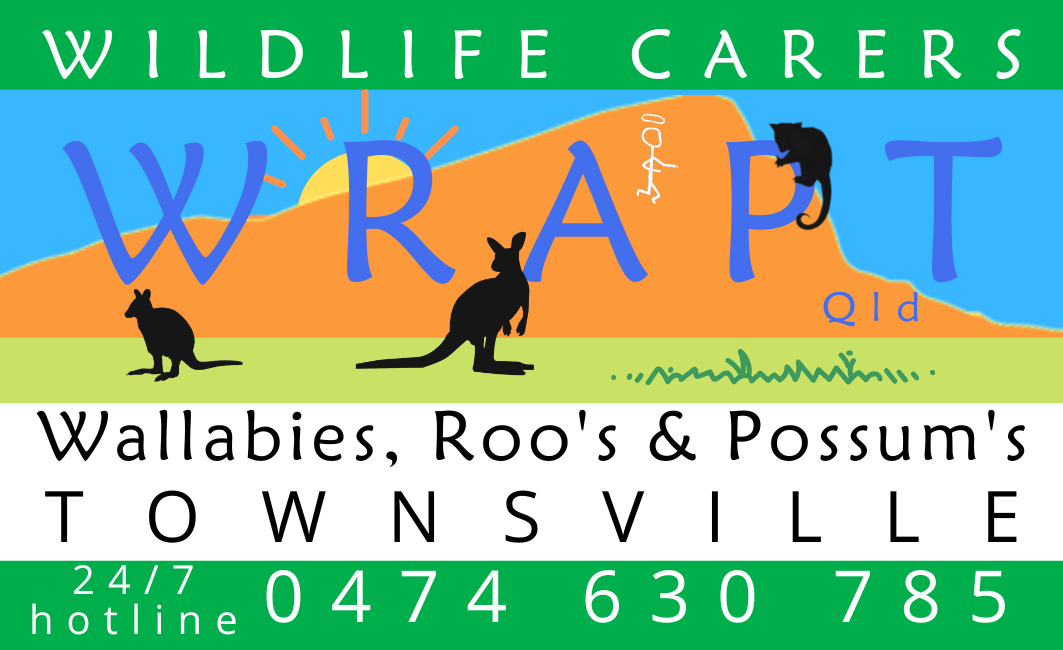
Wildlife Rescue Operations – Activation Policy
Guidelines for Wildlife Rescue Operations
Introduction
The Wildlife Rescue Activation Policy outlines the procedures and protocols for responding to wildlife emergencies based on four distinct activation levels: Open, Caution, Restricted, and Stand Down. These levels ensure an organized and safe approach to rescuing wildlife, protecting both the animals and the rescuers involved. The following guidelines will detail each activation level and the corresponding actions required.
Activation Levels
Level 1: Open
Definition: The Open level is the default status for wildlife rescue operations. During this level, all standard procedures are in effect, and teams are on standby for any potential wildlife emergencies.
Actions:
- Respond promptly to any reported wildlife emergencies.
- Provide education and outreach to the community regarding wildlife safety and rescue procedures.
- Ensure all rescue equipment is in good working condition and readily available.
Example Criteria
- Bureau of Meteorology – No active impactful weather warnings.
- Local Disaster Dashboard – Activation Level: Stand Down. No alerts or warnings that impact the operations
Level 2: Caution
Definition: The Caution level is activated when there are indications of increased risk or potential hazards that could affect wildlife rescue operations. This may include adverse weather conditions, increased human-wildlife interactions, or minor environmental changes.
Actions:
- Implement additional safety measures for rescue teams.
- Communicate with local authorities and communities to raise awareness of potential risks.
- Prepare for a possible escalation to Restricted level if conditions worsen.
Example Criteria
- Bureau of Meteorology – Impactful weather warnings active.
- Local Disaster Dashboard – Activation Level: Alert. Some alerts or warnings that impact the operations
Level 3: Restricted
Definition: The Restricted level is activated when there are significant risks or hazards present that pose a direct threat to wildlife and rescue operations. This may include severe weather events, major environmental disruptions, or dangerous human-wildlife encounters.
Actions:
- Limit rescue operations to essential and emergency cases only.
- Deploy specialized equipment and personnel to handle high-risk situations.
- Coordinate closely with emergency services and local authorities.
- Provide ongoing updates to the community regarding safety measures and rescue efforts.
- Prepare to escalate to Stand Down level if conditions become too dangerous for operations.
Example Criteria
- Bureau of Meteorology – Severe Weather warnings active.
- Local Disaster Dashboard – Activation Level: Lean Forward. Some alerts or warnings that impact the operations
Level 4: Stand Down
Definition: The Stand Down level is activated when rescue operations must be halted due to extreme conditions that endanger both wildlife and rescue teams. This level is reserved for the most critical situations where continued operations are not feasible.
Actions:
- Cease all rescue activities immediately.
- Ensure the safety and well-being of all rescue personnel.
- Secure rescue equipment and facilities.
- Maintain communication with local authorities and emergency services.
- Provide updates to the community regarding the suspension of operations.
- Monitor conditions closely and prepare to resume operations once it is safe to do so.
- Dispatch officers will mute incoming call notifications in Nutrix to prevent accidental dispatch of rescuers.
Example Criteria
- Bureau of Meteorology – Multiple Severe weather warnings active.
- Local Disaster Dashboard – Activation Level: Stand Up. Many alerts or warnings that impact the operations
Monitoring
The Management Committee will actively monitor the situation, utilizing official data sources, including the Bureau of Meteorology and the Local Disaster Dashboard. These will be supplemented by insights from local witnesses and subject matter experts to accurately determine the appropriate Activation Level.
Communication
To ensure all members of the organization are informed promptly about activation levels, the official notification channel is via the WRAPT Rescues channel on Telegram. This will be supplemented by communication through Facebook Messenger chat rooms. These platforms will be used to disseminate timely updates, actions required, and any changes to the situation, ensuring everyone is aligned and able to respond effectively.
Conclusion
The Wildlife Rescue Activation Policy is designed to ensure a structured and safe response to wildlife emergencies, protecting both the animals and the rescue teams. By adhering to the defined activation levels and their respective actions, wildlife rescue operations can be effectively managed, providing the necessary care and intervention in various situations. Regular review and updates to the policy will ensure it remains relevant and effective in addressing the ever-changing challenges of wildlife rescue.
updated: 18/03/2025
